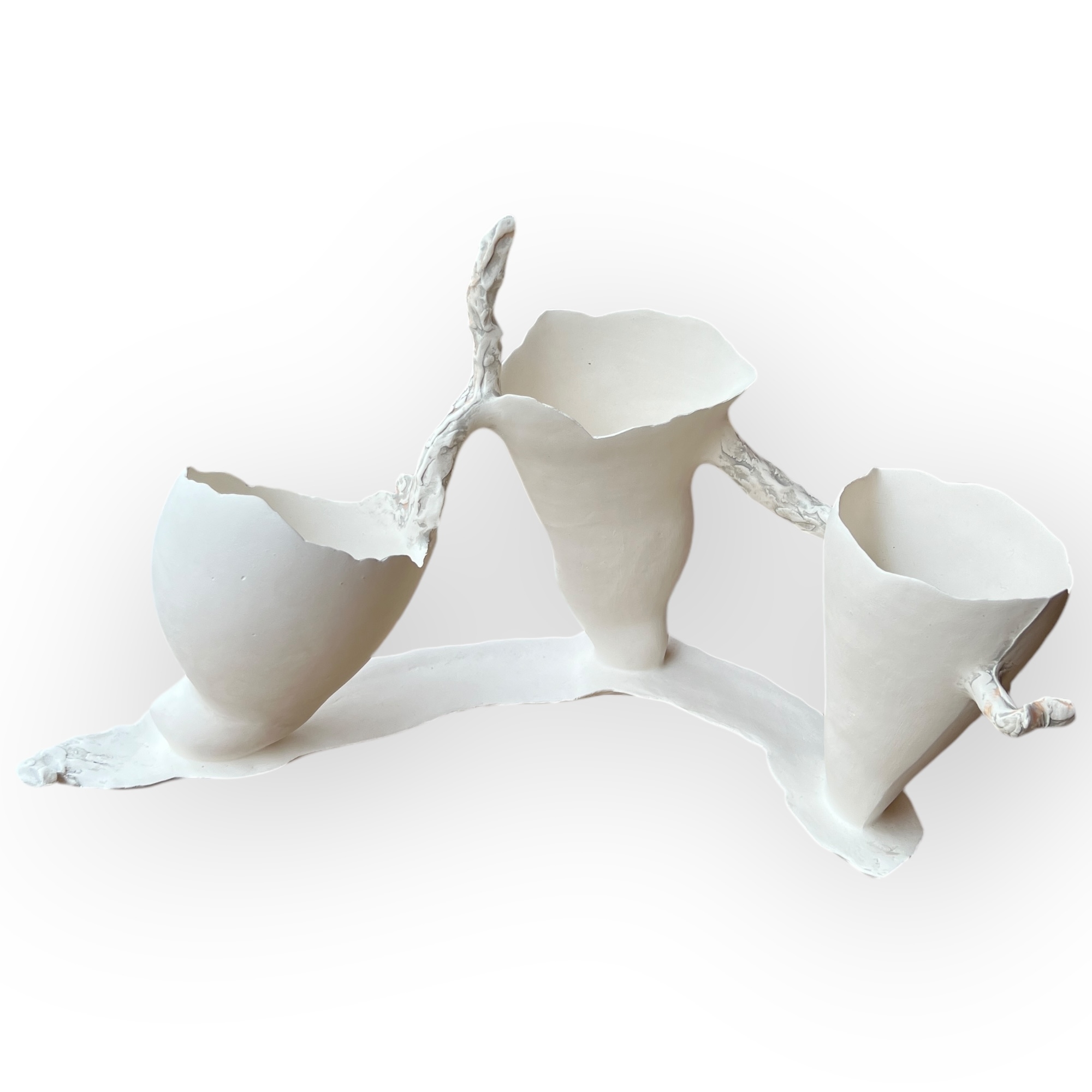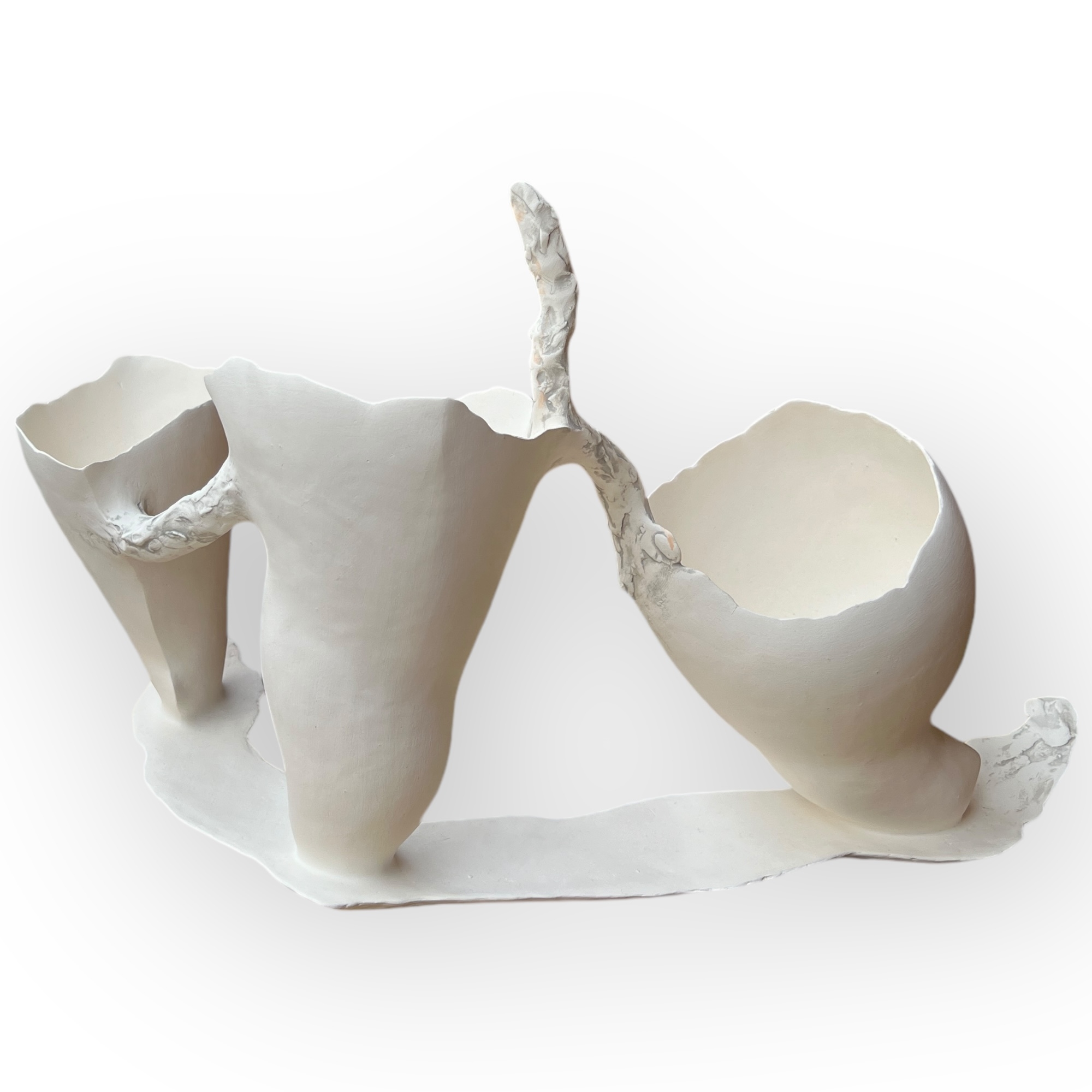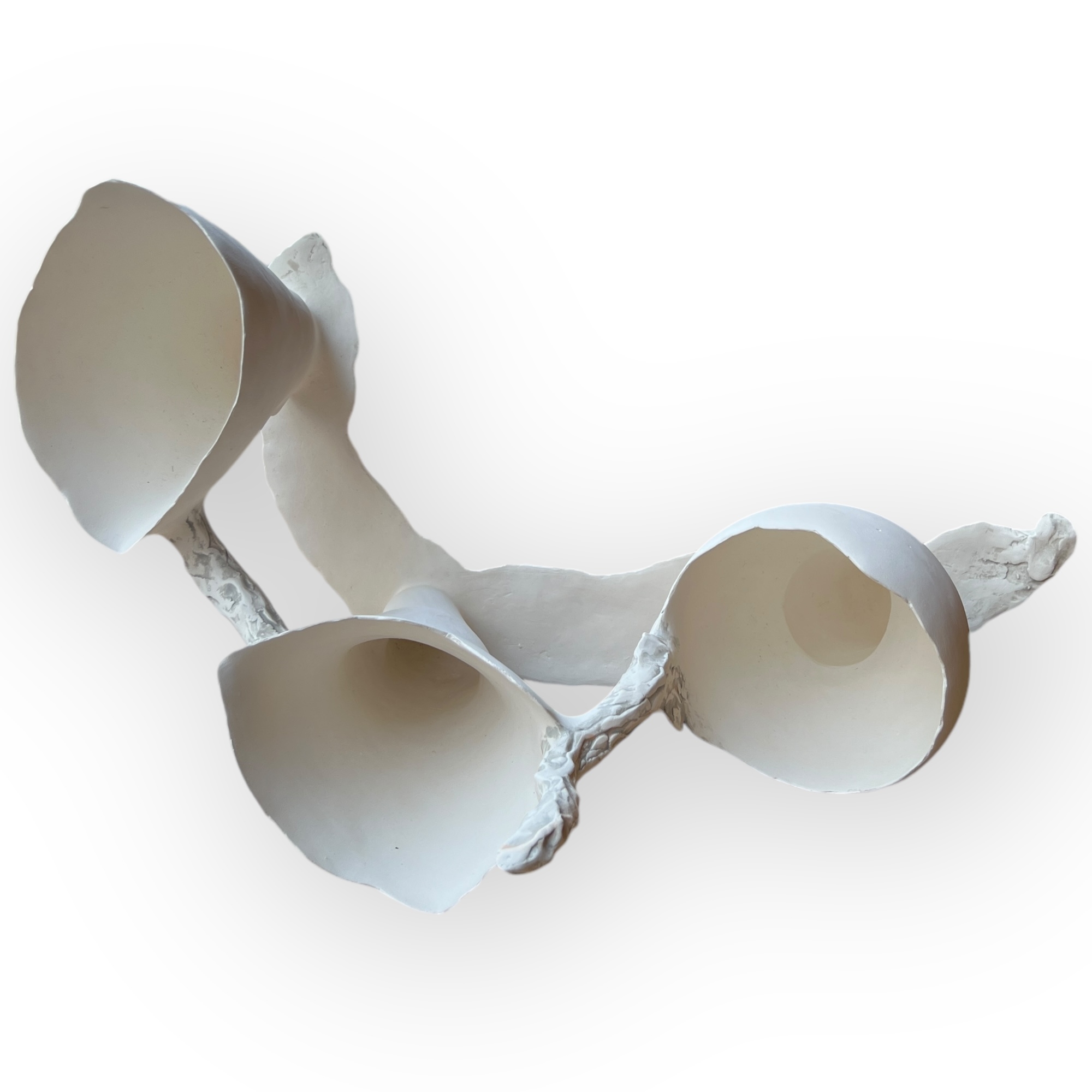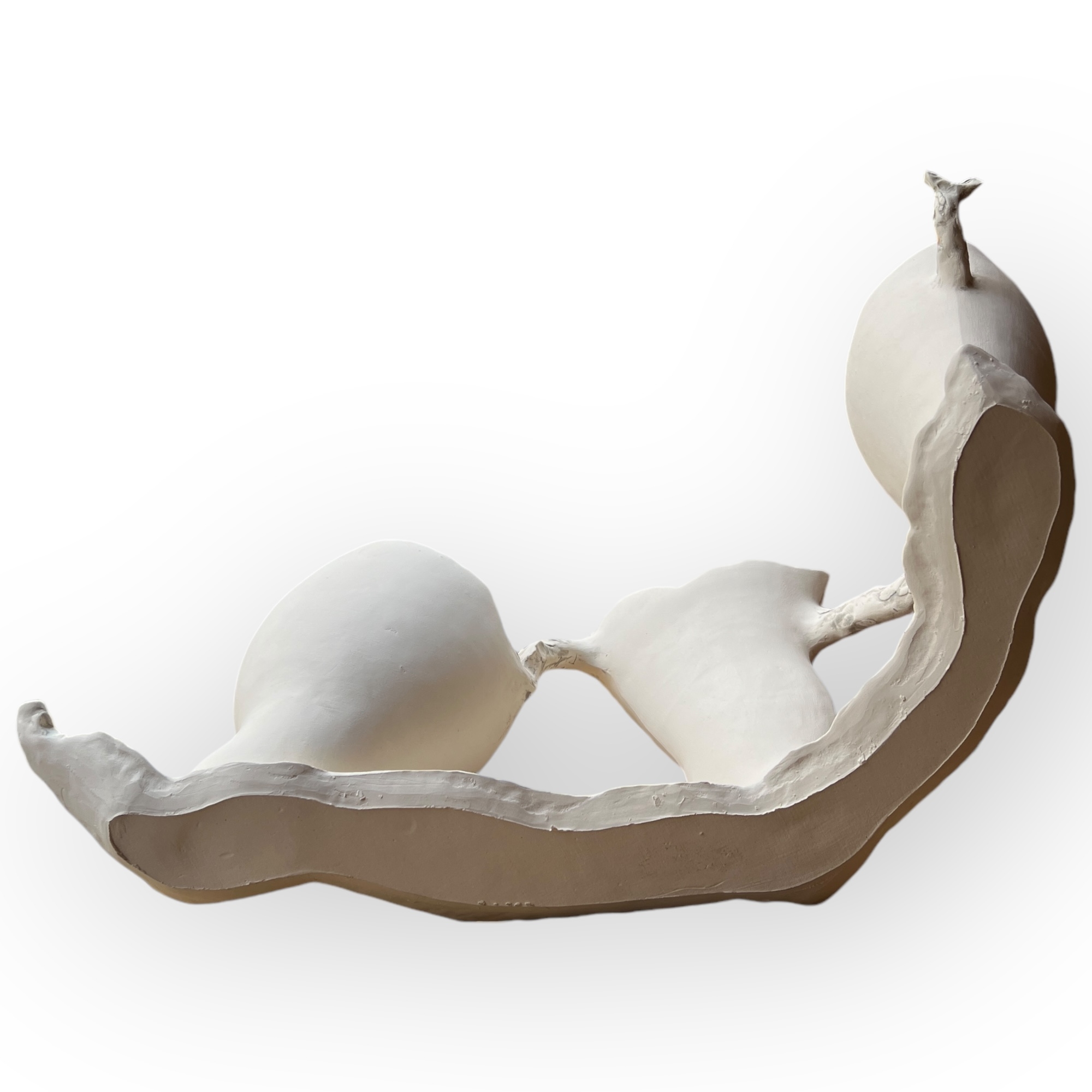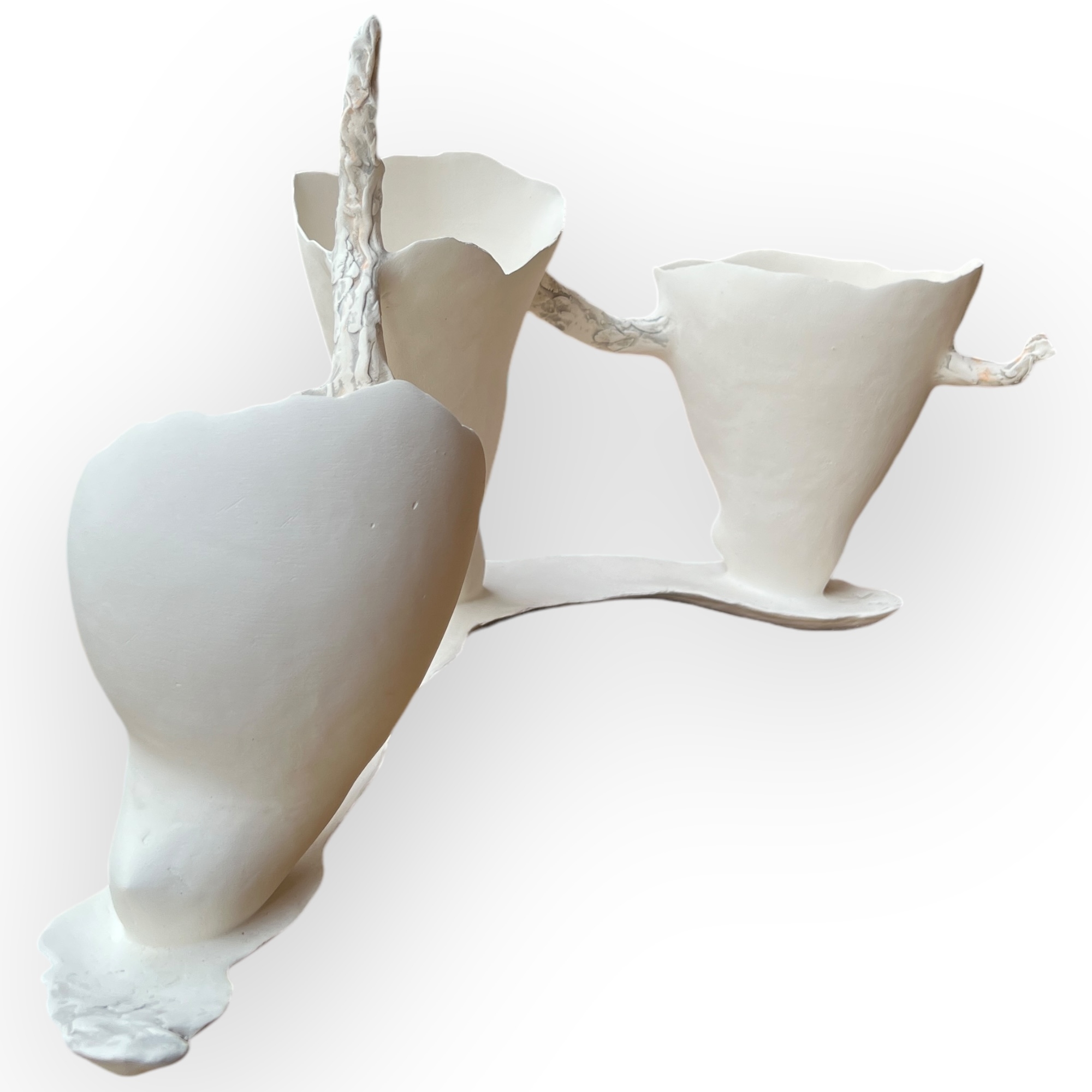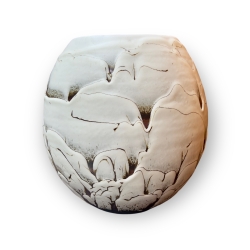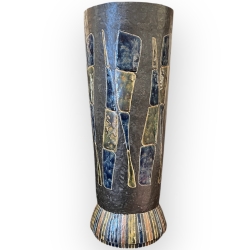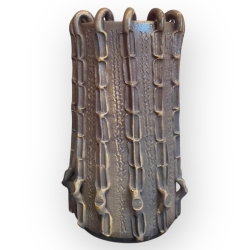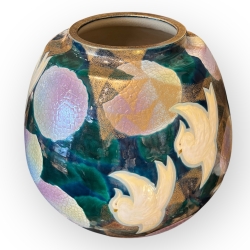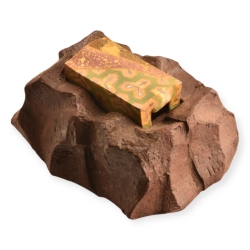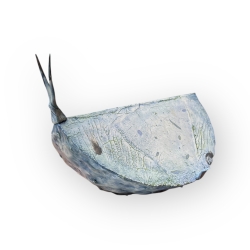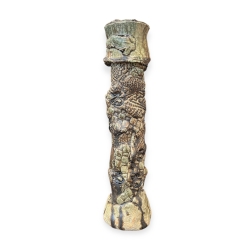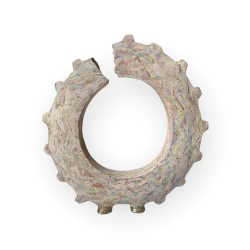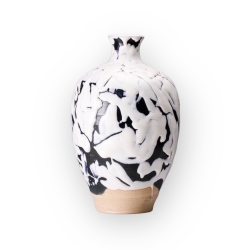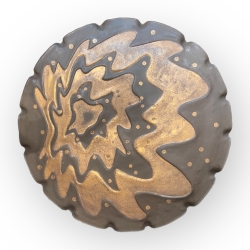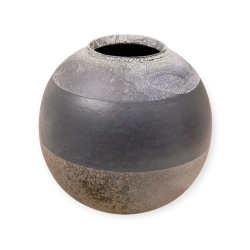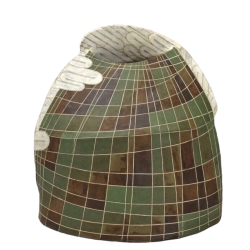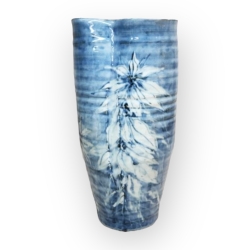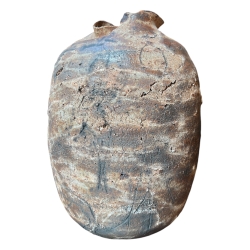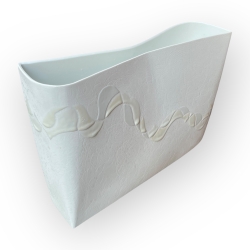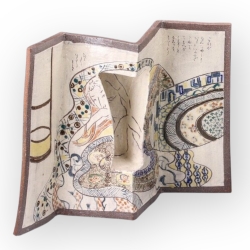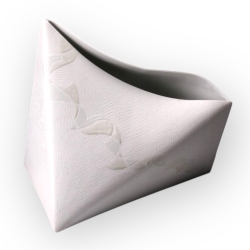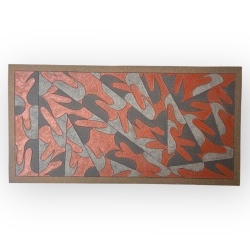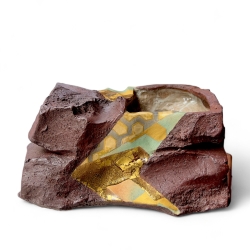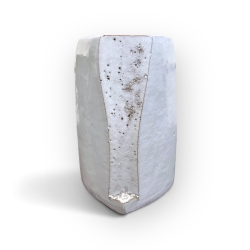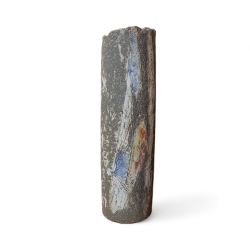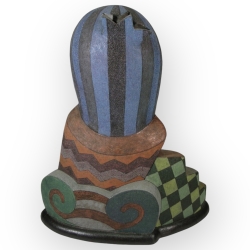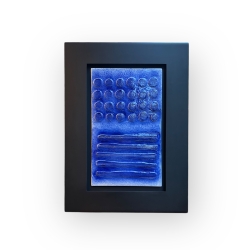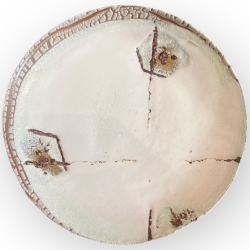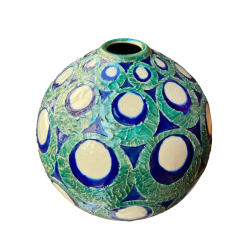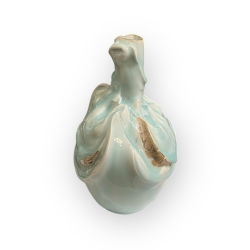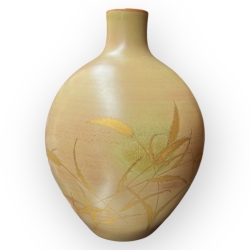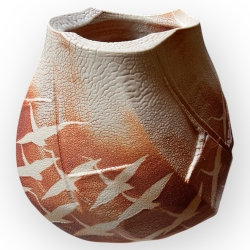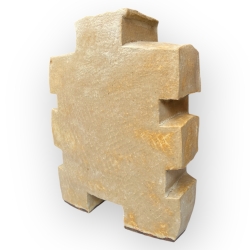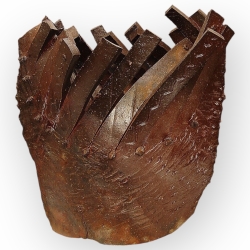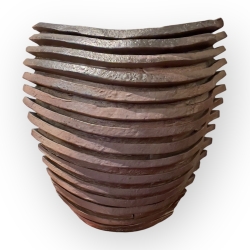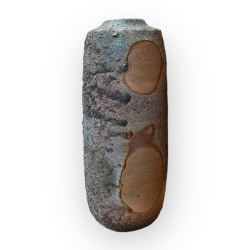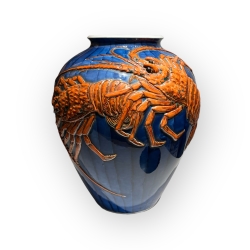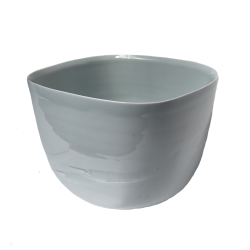
EXPERT ART d'ASIE Cristina ORTEGA Expert CNES et CEFA rts de la Chine et du Japon Asian Art-
Expert Chine Japon- Expert Asian Art - Carré Rive Gauche Paris Rue de Beaune- Expert art d Asie
Kyoko Hori - "That Night, Water Room" 1995
Kyoko Hori - "That Night, Water Room" 1995
Kyoko Hori, une céramiste japonaise, est reconnue pour sa capacité à créer des œuvres qui transcendent la simple forme matérielle pour incarner un dialogue entre l’artiste et la matière. Son œuvre intitulée "That Night, Water Room" de 1995, mesurant 31,5 cm de hauteur, 52 cm de largeur, et 26 cm de profondeur, en est un exemple marquant.
Kyoko Hori est née en 1988 et a poursuivi ses études à l'École supérieure des beaux-arts de l'Université des arts de la ville de Kyoto. Elle a une carrière prolifique, exposant son travail dans des galeries japonaises et à l’étranger. Hori a également reçu des prix prestigieux, tels que le Prix du nouvel artiste de la ville de Kyoto en 2001 et des distinctions dans des expositions internationales de céramique, y compris en Nouvelle-Zélande et en Italie.
Cette œuvre, intitulée "That Night, Water Room" s’inscrit dans une série d’œuvres où Hori explore la relation intime entre le créateur et l’argile, une technique qu’elle appelle "physicalisation". Pour Hori, ce processus va au-delà de la simple manipulation matérielle et devient une forme d'expression corporelle, où chaque pièce devient une extension de sa propre vie intérieure et de sa relation avec l’histoire de la vie sur Terre
La sculpture "That Night, Water Room" en biscuit de porcelaine, est caractérisée par son aspect fluide et organique. Les formes courbes et brisées semblent rappeler des coquilles marines ou des artefacts érodés par l'eau, symbolisant le passage du temps et la mémoire collective. Hori utilise la technique du colombin, qui consiste à rouler l'argile en fin cylindres et à les empiler, créant ainsi des structures qui évoquent le processus lent et méditatif de la nature elle-même. Cette technique permet à l'artiste de laisser une trace tangible de chaque interaction avec l'argile, un processus qu'elle décrit comme une conversation continue entre l'artiste et la matière.
Les formes semblent presque fragiles, avec des bords irréguliers et des ouvertures qui rappellent la vulnérabilité. Cette fragilité est renforcée par la couleur blanche de l’argile, qui contraste avec l’idée de la solidité que l’on pourrait attendre de la céramique. Ce contraste peut être vu comme une métaphore de la dualité de la vie elle-même – à la fois forte et éphémère.
Le titre "That Night, Water Room" suggère une scène nocturne, peut-être un espace intime ou un sanctuaire où l'eau joue un rôle central. L'eau, souvent associée à la vie, au changement et à la purification, pourrait symboliser dans cette œuvre le flux constant de la vie et de la mémoire, des thèmes récurrents dans le travail de Hori. La pièce pourrait être interprétée comme un espace introspectif, où les éléments naturels et les formes organiques se rencontrent pour raconter une histoire silencieuse de transformation et de renouveau.
Le travail de Hori est également influencé par sa réflexion sur l'histoire évolutive des vertébrés, en particulier la manière dont les mammifères portent en eux la mémoire collective de 500 millions d'années d'évolution. Cette prise de conscience profonde de l’héritage biologique se traduit dans ses œuvres par une qualité organique et vivante. Dans "That Night, Water Room", cela se manifeste par les formes naturelles et les textures qui semblent respirer, donnant à l’œuvre une vitalité qui transcende la simple matérialité.
Kyoko Hori réussit, à travers "That Night, Water Room", à capturer l'essence d'une interaction profondément personnelle entre l'artiste et son médium. Cette œuvre incarne non seulement une exploration de la forme et de la texture, mais aussi une réflexion sur la vie, la mémoire et le temps. À travers son approche unique de la céramique, Hori invite le spectateur à contempler non seulement l'objet en soi, mais aussi les processus invisibles qui l'ont façonné, rendant chaque œuvre non seulement une expression artistique, mais aussi un témoignage de l'expérience humaine universelle.
31,5 cm / Largeur 52 cm / Profondeur 26 cm
Boite d’ origine.
Kyoko Hori - "That Night, Water Room" 1995
Kyoko Hori, a Japanese ceramic artist, is renowned for her ability to create works that transcend mere material form to embody a dialogue between the artist and the material. Her 1995 work, "That Night, Water Room," measuring 31.5 cm in height, 52 cm in width, and 26 cm in depth, is a striking example.
Kyoko Hori was born in 1988 and continued her studies at the Graduate School of Fine Arts, Kyoto City University of the Arts. She has had a prolific career, exhibiting her work in galleries both in Japan and abroad. Hori has also received prestigious awards, such as the Kyoto City New Artist Award in 2001, and distinctions in international ceramic exhibitions, including those in New Zealand and Italy.
This work, entitled "That Night, Water Room," is part of a series in which Hori explores the intimate relationship between the creator and clay, a technique she calls "physicalization." For Hori, this process goes beyond simple material manipulation and becomes a form of bodily expression, where each piece becomes an extension of her own inner life and her relationship with the history of life on Earth.
The bisque porcelain sculpture "That Night, Water Room" is characterized by its fluid and organic appearance. The curved, broken forms seem reminiscent of marine shells or water-eroded artifacts, symbolizing the passage of time and collective memory. Hori uses the coil technique, which involves rolling clay into thin cylinders and stacking them, creating structures that evoke the slow, meditative process of nature itself. This technique allows the artist to leave a tangible trace of each interaction with the clay, a process she describes as an ongoing conversation between the artist and the material.
The forms appear almost fragile, with irregular edges and openings that evoke vulnerability. This fragility is reinforced by the white color of the clay, which contrasts with the idea of solidity one might expect from ceramics. This contrast can be seen as a metaphor for the duality of life itself—both strong and ephemeral.
The title "That Night, Water Room" suggests a nighttime scene, perhaps an intimate space or sanctuary where water plays a central role. Water, often associated with life, change, and purification, could symbolize in this work the constant flux of life and memory, recurring themes in Hori's work. The piece could be interpreted as an introspective space, where natural elements and organic forms meet to tell a silent story of transformation and renewal.
Hori's work is also influenced by her reflection on the evolutionary history of vertebrates, particularly the way mammals carry within them the collective memory of 500 million years of evolution. This profound awareness of biological heritage translates into her works through an organic and living quality. In "That Night, Water Room," this is manifested in the natural forms and textures that seem to breathe, giving the work a vitality that transcends mere materiality.
Through "That Night, Water Room," Kyoko Hori succeeds in capturing the essence of a deeply personal interaction between the artist and her medium. This work embodies not only an exploration of form and texture, but also a reflection on life, memory, and time. Through his unique approach to ceramics, Hori invites the viewer to contemplate not only the object itself, but also the invisible processes that shaped it, making each work not only an artistic expression, but also a testament to the universal human experience.
31.5 cm / Width 52 cm / Depth 26 cm
Original box.

